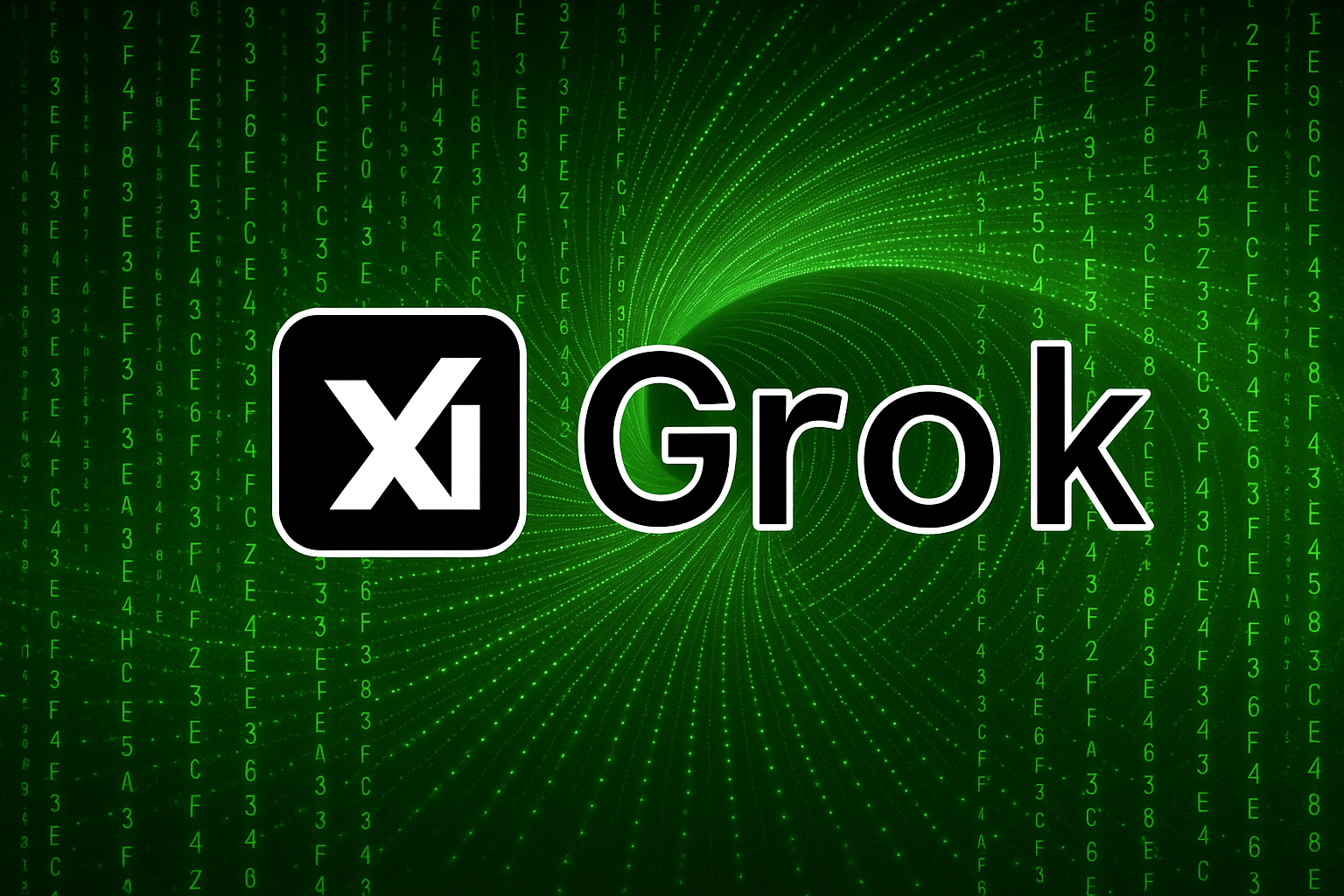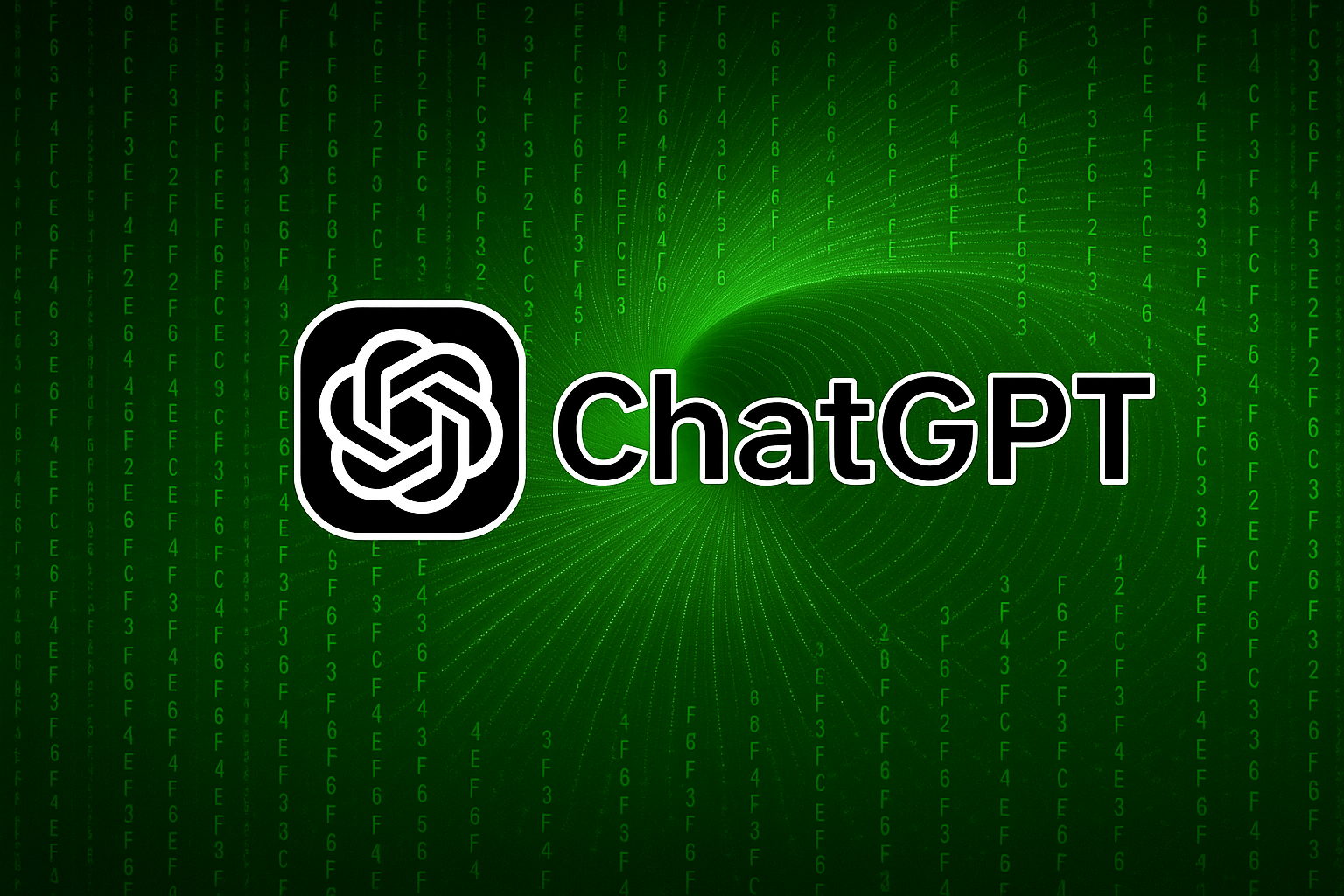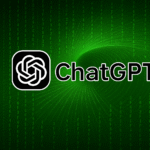ChatGPT can be a powerful assistant for both structured academic study and self-guided learning. Whether you’re a student, a teacher, or a curious autodidact, it can help you better understand concepts, organize research, and generate ideas. This article explores how to use ChatGPT effectively as a digital learning companion.
Why Use ChatGPT for Learning?
Unlike static resources like textbooks or pre-recorded videos, ChatGPT allows for interactive exploration of ideas. You can:
- Ask clarifying questions
- Request multiple explanations of the same concept
- Receive personalized examples or analogies
This on-demand adaptability can accelerate learning and deepen comprehension.
1. Explaining Complex Concepts
ChatGPT excels at breaking down difficult ideas in plain language.
Example:
“Explain the difference between classical and operant conditioning in psychology as if I were a high school student.”
Follow-up with:
“Now explain it again using real-life examples involving dogs or children.”
You can even request an explanation tailored to different learning levels:
- “Explain quantum entanglement to a 10-year-old.”
- “Give me a graduate-level summary of quantum entanglement.”
2. Study Aid and Practice
Use ChatGPT to create:
- Flashcards
- Quizzes
- Essay practice questions
- Summaries and cheat sheets
Examples:
“Create 10 flashcards to study the U.S. Constitution.”
“Make a quiz with 5 multiple-choice questions about cellular respiration.”
You can also ask it to help you understand feedback:
“Here’s a teacher’s comment on my essay—can you help me revise it?”
3. Summarizing and Structuring Content
ChatGPT can help digest large volumes of information:
- Summarize lecture notes
- Outline textbook chapters
- Organize ideas into logical sequences
Example:
“Summarize this article on climate policy in 5 bullet points.”
Or:
“Make a table comparing communism, socialism, and capitalism in terms of ownership, goals, and key thinkers.”
4. Supporting Writing and Research
Whether you’re writing a paper or researching a topic, ChatGPT can:
- Suggest structure and outlines
- Generate thesis ideas
- Help rephrase or refine arguments
- Create citations in various styles (APA, MLA, Chicago)
Examples:
“Help me brainstorm a thesis statement for an essay on digital privacy.”
“Turn this paragraph into a formal academic tone and cite sources in MLA.”
Important Note: ChatGPT can generate fake citations. Always verify references yourself.
5. Language Learning Support
Learning a new language? ChatGPT can:
- Translate sentences
- Provide grammar explanations
- Role-play conversations
- Offer vocabulary practice
Examples:
“How do you say ‘Where is the train station?’ in German?”
“Explain the difference between ‘por’ and ‘para’ in Spanish with examples.”
6. Learning Through Dialogue and Scenarios
You can ask ChatGPT to simulate real-life learning situations.
Examples:
“Pretend you are a tutor helping me learn algebra. Walk me through solving a linear equation.”
“You’re a mock interviewer. Ask me five questions for a university scholarship and give feedback on my answers.”
This allows for immersive, personalized practice.
Best Practices for Using ChatGPT as a Learning Tool
- Iterate your questions: Don’t settle for the first response—ask follow-ups to deepen understanding.
- Check multiple explanations: Ask ChatGPT to rephrase or explain concepts in new ways.
- Cross-reference: Use ChatGPT as a springboard, but verify facts and sources with trusted material.
- Stay interactive: Learning happens best through two-way dialogue. Keep asking, correcting, and building.
Final Thoughts
ChatGPT is not a replacement for critical thinking, original research, or professional instruction—but it’s a powerful supplement. Its versatility across subjects, levels, and learning styles makes it an ideal study companion for learners in almost any field.



